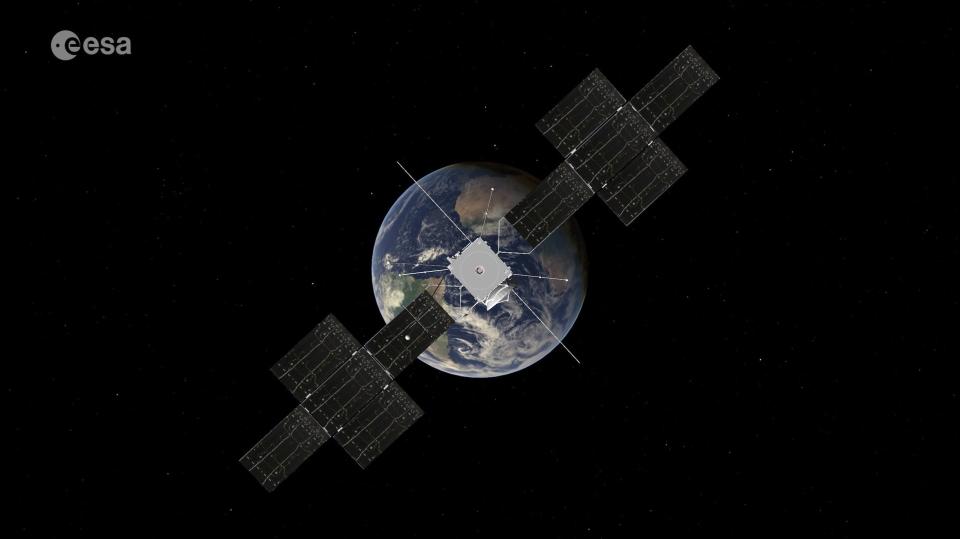Europe's JUICE Jupiter Probe Flies By Earth on Aug. 20, and It May Be Visible to Some Skywatchers
The European Space Agency's (ESA) Jupiter Icy Moons Explorer (JUICE) is set to make a significant flyby of Earth on August 20, 2023. This event marks a pivotal moment in the mission, as the spacecraft will utilize Earth's gravity to propel itself toward its ultimate destination: Jupiter and its intriguing moons. Here’s what you need to know about this exciting astronomical event.
A Historic Mission
Launched in April 2023, JUICE is Europe's first dedicated mission to Jupiter. With a budget of $1.1 billion, the probe aims to explore three of Jupiter's largest moons—Ganymede, Callisto, and Europa. These celestial bodies are believed to harbor subsurface oceans, making them prime candidates in the search for extraterrestrial life.
The Flyby Details
On August 19 and 20, JUICE will glide past the Moon before making its closest approach to Earth at 5:57 p.m. Eastern Time (2157 GMT). The spacecraft will come within approximately 4,200 miles (6,800 kilometers) of our planet's surface, primarily over Southeast Asia and the Pacific Ocean. Skywatchers in these regions may have the opportunity to catch a glimpse of JUICE, especially with the aid of powerful binoculars or telescopes.
Scientific Objectives
During the flyby, JUICE will activate its ten scientific instruments, including the RIME (Radar for Icy Moon Exploration) antenna. This instrument faced challenges during deployment but is crucial for studying the icy moons. Engineers will have a brief window to assess RIME's performance and address any electronic noise issues that have arisen.
Navigational Challenges
The flyby is not without its risks. The mission team must ensure precise navigation, likening the maneuver to "passing through a very narrow corridor, very quickly." Ground stations worldwide will maintain constant communication with JUICE, monitoring its trajectory and making necessary adjustments.
Future Prospects
This flyby is just one of several planned maneuvers. Following the Earth flyby, JUICE will also perform a flyby of Venus next year and return to Earth twice by early 2029, ultimately arriving in the Jupiter system in 2031. The spacecraft's efficient use of gravity assists has allowed it to conserve fuel, a critical factor for its long journey.
Conclusion
As JUICE approaches Earth, the excitement builds for both scientists and skywatchers alike. The mission promises to enhance our understanding of Jupiter and its moons, potentially revealing new insights into the conditions that could support life beyond our planet. Keep an eye on the skies on August 20, as this remarkable spacecraft makes its historic pass.
Image Credit: ESA/Lightcurve Films/R. Andres
